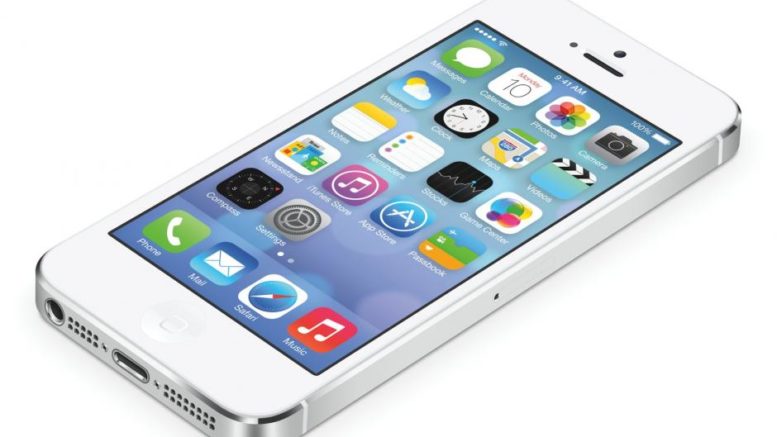There’s only so much you can do with traditional infrared remotes. Even RF remotes have some limitations, although they do away with the need to point the remote right at the device. The form factor of your average remote control means it’s hard to enter text and you’re obviously stuck with the control layout the manufacturer gave you.
With today’s devices getting regular upgrades and adding new features, there has to be a better way. That way is an IP remote. The device gets its control signals from the network port, meaning new commands can be added at any time. Most commonly, a smartphone or tablet is used as the control device, meaning that the control layout can be customized as needed.
More and more home theater devices use IP remotes in the form of smartphone apps. DIRECTV, Samsung and others have excellent remote controls built right into their apps and it’s becoming more or less standard for high-end A/V equipment. Some systems like Sonos are designed around IP control and that’s the only way they can actually be controlled. Other systems come with both traditional and IP remotes and can be controlled either way.
You’ve probably been using an IP remote for some time and you didn’t even realize it. If you use Apple’s Home Media Sharing or Samsung’s AllShare (or any of the similar media sharing solutions for smart TVs) those are actually IP remote solutions. You’re sending controls over your home network to another device, and that’s all IP remote controls do.
Personally, I do enjoy real remotes with real buttons, but I realize that they’re limited. I kind of like the option to have both. What do you think?





